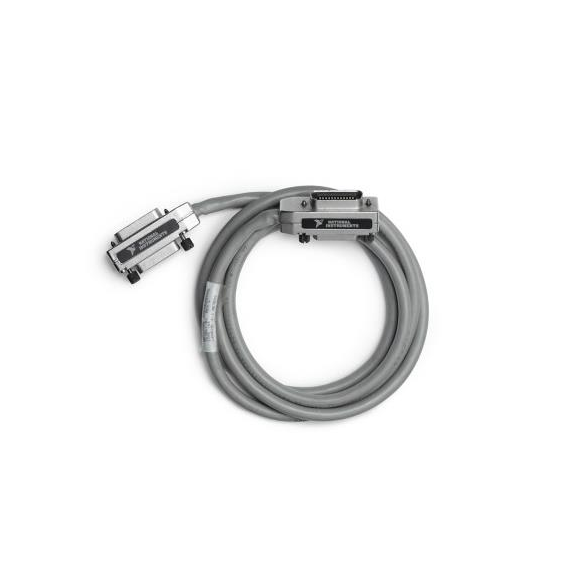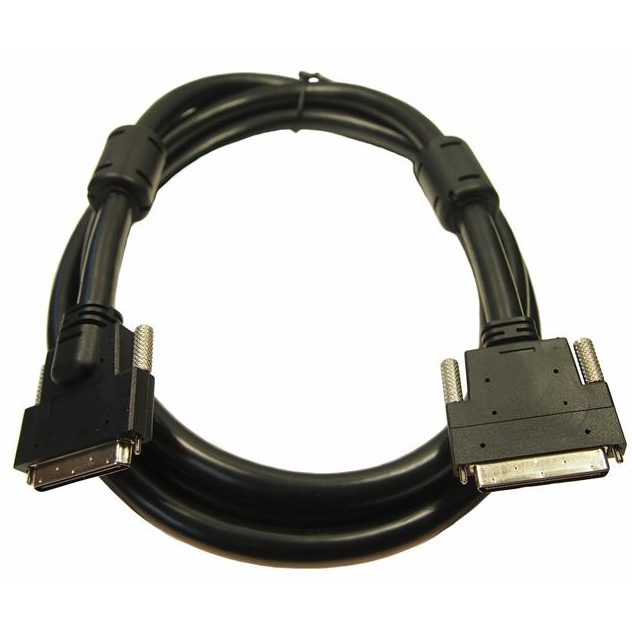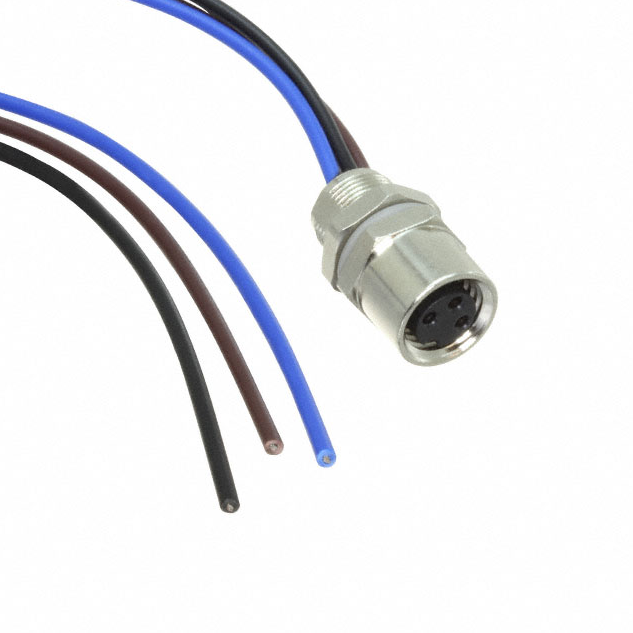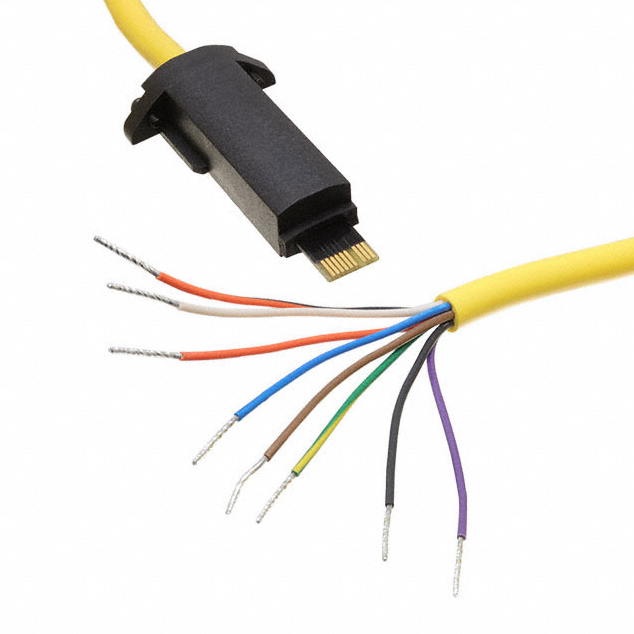Keeping progressing, Pursuing integrity, Embracing future
The flexibility and rigidity of wire harnesses are important physical characteristics, which have different advantages and applicability in different application scenarios. The following are the main differences and applications of wire harness flexibility and rigidity:
1. Flexible wiring harness
Definition: Flexible wiring harnesses are usually composed of multiple thin wires, which have high flexibility and adaptability, and can adapt to complex wiring environments and frequent movements.
characteristic:
High flexibility: able to withstand frequent bending and twisting, suitable for scenarios that require frequent movement.
Lightweight: Usually lighter than rigid wire harnesses, it helps reduce equipment weight.
Strong adaptability: able to adapt to complex wiring paths and reduce installation space requirements.
Application:
Robot: Used for the joints and arms of robots to ensure that the wiring harness does not break during movement.
Medical equipment such as endoscopes and surgical robots require highly flexible wiring harnesses to adapt to complex operating environments.
Consumer electronics, such as smartphones, tablets, etc., require lightweight and highly flexible wiring harnesses to adapt to compact designs.
2. Rigid wiring harness
Definition: Rigid wire harnesses are typically composed of single or multiple thick wires, with high mechanical strength and stability, suitable for scenarios that require high loads and fixed installations.
characteristic:
High mechanical strength: capable of withstanding significant mechanical stress, suitable for high load and fixed installation scenarios.
Stability: Maintain stable performance in harsh environments such as high temperature and high pressure.
Durability: Long service life, suitable for long-term fixed installation scenarios.
Application:
Industrial automation: such as industrial robots, automated production lines, etc., require wiring harnesses with high mechanical strength and stability.
Automobiles, such as engine control units and high-voltage wiring harnesses, require high load and high stability wiring harnesses.
Aerospace: such as aircraft engines, flight control systems, etc., require high reliability and stability wiring harnesses.
3. The choice between flexibility and rigidity
Application scenario: Select the appropriate harness type based on specific application requirements. For example, scenarios that require frequent movement (such as robot joints) are suitable for flexible wiring harnesses, while scenarios that require high loads and fixed installations (such as car engine control units) are suitable for rigid wiring harnesses.
Environmental conditions: Consider the environmental conditions that the wiring harness will face, such as temperature, humidity, mechanical stress, etc. Flexible wiring harnesses are usually more suitable for complex and dynamic environments, while rigid wiring harnesses are more suitable for stable and harsh environments.
Cost and maintenance: Flexible wiring harnesses typically have lower costs, but require more frequent maintenance; Rigid wiring harnesses have higher costs but lower maintenance requirements.
Inquiry
LATEST BLOGS
INQUIRY
RELATED PRODUCTS
 How does the wiring harness perform in extreme environmentsRCD has over a decade of experience in the assembly of cables and connectors required for outdoor harsh environment equipment.
How does the wiring harness perform in extreme environmentsRCD has over a decade of experience in the assembly of cables and connectors required for outdoor harsh environment equipment. How to evaluate the lifespan and reliability of wire harnessesRCD has over a decade of experience in the assembly of cables and connectors required for outdoor harsh environment equipment.
How to evaluate the lifespan and reliability of wire harnessesRCD has over a decade of experience in the assembly of cables and connectors required for outdoor harsh environment equipment. How to choose the appropriate harness lengthRCD has over a decade of experience in the assembly of cables and connectors required for outdoor harsh environment equipment.
How to choose the appropriate harness lengthRCD has over a decade of experience in the assembly of cables and connectors required for outdoor harsh environment equipment.




